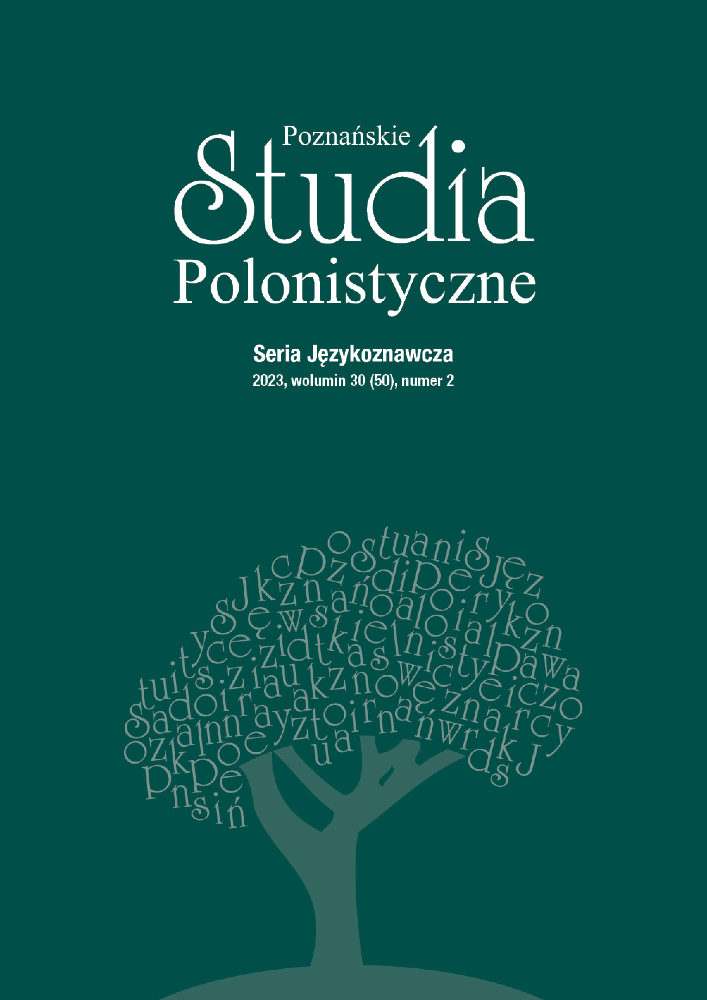Neologizmy słowotwórcze w Obserwatorium
Językowym Uniwersytetu Warszawskiego
(na materiale haseł opracowanych do lutego 2022 roku).
Część 1: Substantywne derywaty proste
Polish Derivational Neologisms in Obserwatorium Językowe Uniwersytetu
Warszawskiego (Language Observatory of University of Warsaw) (on the Basis of
Entries Compiled to the End of February 2022). Part I: Substantival Derivatives
Author(s): Mateusz RybarskiSubject(s): Lexis, Western Slavic Languages, Philology
Published by: Uniwersytet Adama Mickiewicza
Keywords: contemporary Polish language; word formation; derivational neologisms; productive affixes; Language Observatory of University of Warsaw;
Summary/Abstract: This article constitutes the first part of paper cycle devoted to 1,117 Polish derivationalneologisms in Obserwatorium Językowe Uniwersytetu Warszawskiego (Language Observatory of University of Warsaw). Its aim is to present and analyze 572 new substantivalderivatives in the Polish language. The author divides them into groups of derivationalneologisms created by the use of the same formative technique and affix. He states that529 of them were formed by the use of 37 suffixes, 19 – with 8 prefixes, 16 – by the changeof paradigm and 8 – by adding prefix and suffix simultaneously. The study concludesthat the biggest class of described new substantival derivatives in contemporary Polishlanguage consists of suffixal structures. As for morphemes used to create them, suffixes-ka, -(ów)ka and -(ow’)ec turned out to be the most productive.
Journal: Poznańskie Studia Polonistyczne. Seria Językoznawcza
- Issue Year: 30/2023
- Issue No: 2
- Page Range: 129-149
- Page Count: 21
- Language: Polish

